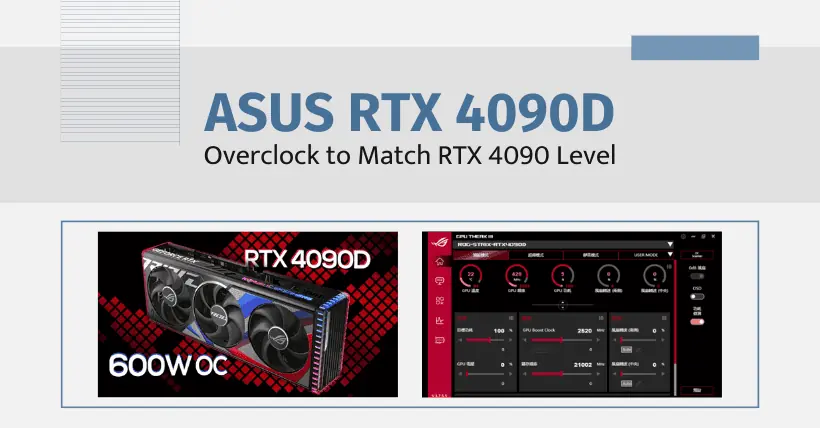A few months ago, the editor wrote an article introducing the GeForce RTX 4090D. As everyone knows, this is a special customized version of the graphics card for the Chinese market, launched by NVIDIA for special reasons, and it is a scaled-down version of the original GeForce RTX 4090 standard edition.
At that time, a reader commented on the author’s article, asking whether there might be a way in the future to crack the performance limitations of the GeForce RTX 4090D and restore it to the level of the GeForce RTX 4090 standard edition.

Of course, this is a beautiful wish in the minds of many hardware enthusiasts, including the editor himself. Everyone thinks this way, and everyone understands that this possibility is very small, almost non-existent.
However, the good news that the editor wants to share with everyone now is that there is indeed a way to essentially “restore” the performance of the GeForce RTX 4090D to the level of the GeForce RTX 4090 standard edition – yes, you read that correctly.
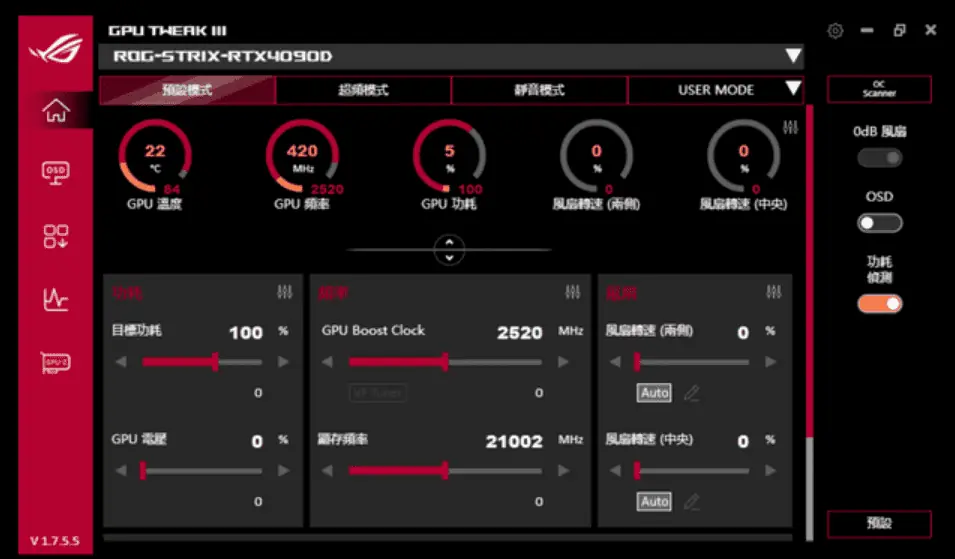
To avoid misleading everyone, the editor wants to emphasize two points:
- “There is a way to restore the performance of the GeForce RTX 4090D to the level of the GeForce RTX 4090 standard edition” does not mean that there is a way to completely crack and remove the restrictions at the hardware level. Instead, it is achieved indirectly through “overclocking.”
- Some friends may question whether this news is from some individual bloggers, aiming to attract attention and create hype. Is this news reliable? — Please remove the word “no,” this news comes from the well-known Hong Kong IT media HKEPC, and its reliability is guaranteed.
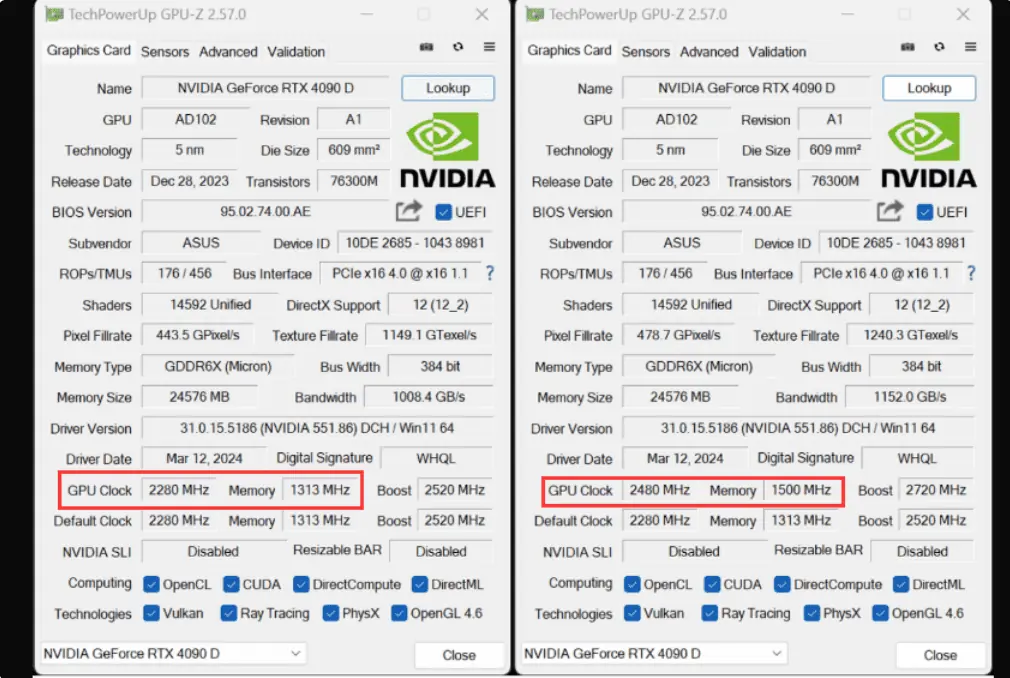
In simple terms, it is possible to appropriately overclock the GeForce RTX 4090D, and after overclocking, its overall performance is close to the level of the GeForce RTX 4090 public edition.
Of course, overclocking the GeForce RTX 4090D requires meeting some prerequisites, and not all GeForce RTX 4090D graphics cards support overclocking. NVIDIA does not allow graphics card manufacturers to do so.
To help readers understand the following text, let’s briefly introduce the difference between the GeForce RTX 4090D and the GeForce RTX 4090 (please refer to Figure two):
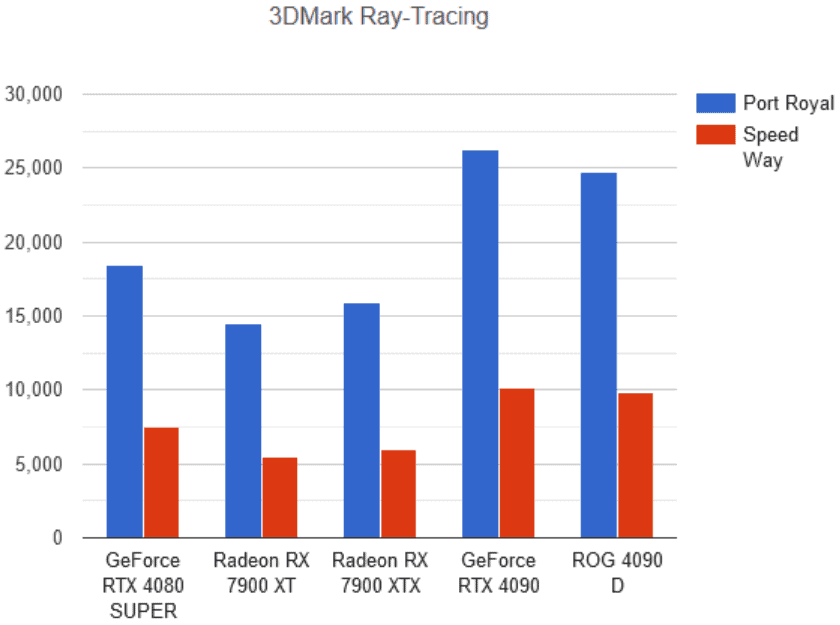
Both graphics cards use the AD102 GPU and support up to 144 multi-unit stream processors, each with 4 tensor cores, capable of up to 256 16-bit floating-point operations per cycle.
The standard GeForce RTX 4090 enables 128 multi-unit stream processors, so it has 512 tensor cores, while the GeForce RTX 4090D’s multi-unit stream processors are reduced to 114, so it has 456 tensor cores.
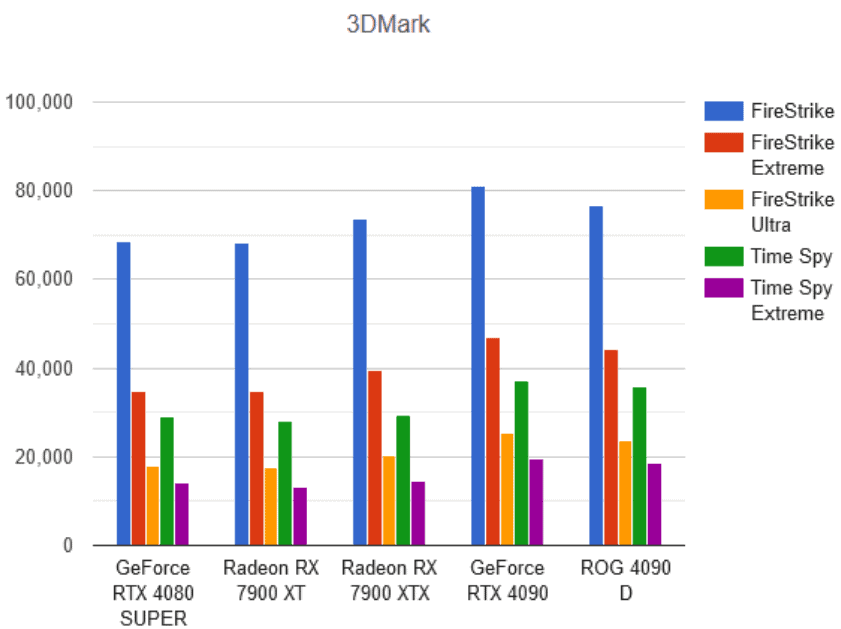
With fewer multi-unit stream processors, the number of tensor cores, ray tracing cores, and CUDA cores also decreases. As a result, the total processing power (TPP) of the GeForce RTX 4090 drops from 5285 to 4707, thus meeting the compliance standard of less than 4800. That’s how the GeForce RTX 4090D came about.
Overall, the gaming performance of the GeForce RTX 4090D is 5% lower than that of the GeForce RTX 4090, and AI performance is 10% lower.
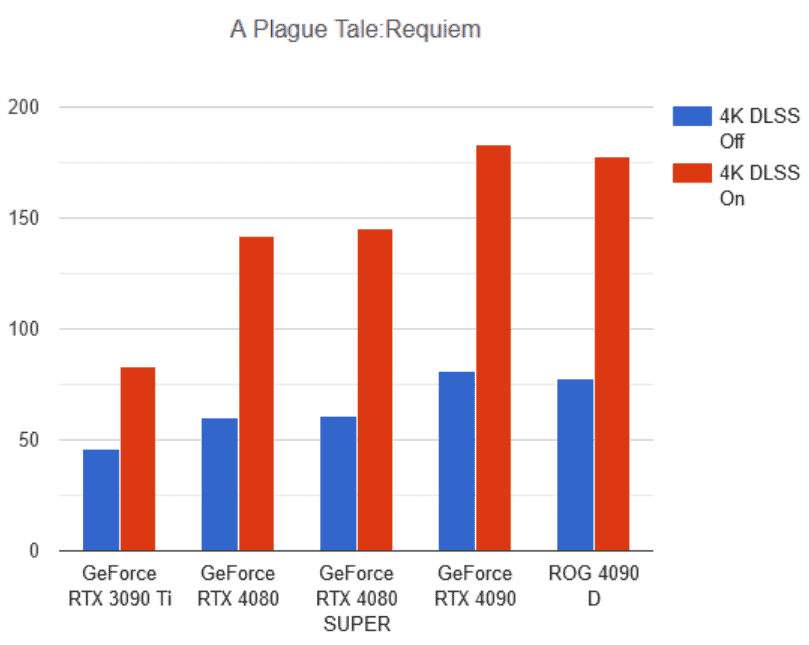
Theoretically, if the GeForce RTX 4090D could be appropriately overclocked to improve performance by about 10%, then its performance could roughly match that of the GeForce RTX 4090.
Recently, the well-known Hong Kong IT media HKEPC leaked that the ASUS ROG Strix GeForce RTX 4090D supports overclocking and “can reach the performance level of the RTX 4090 public edition.”
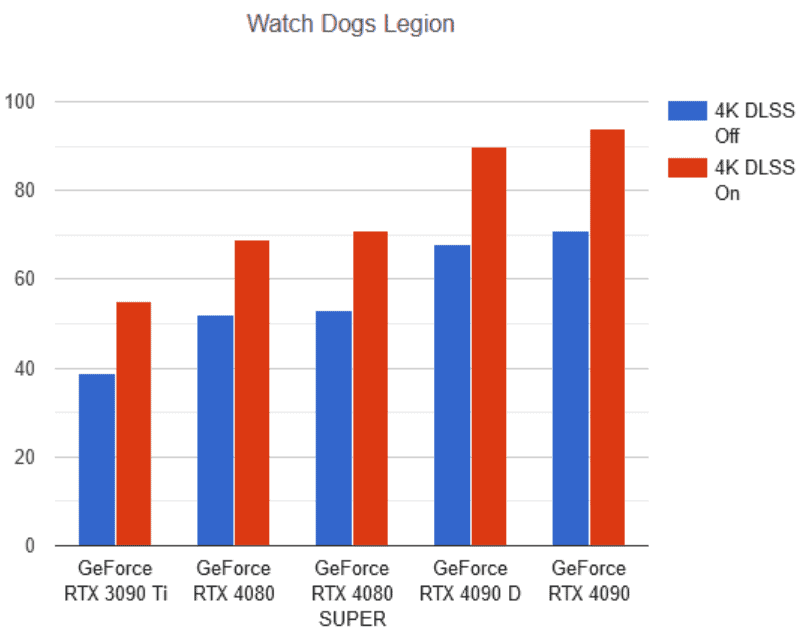
The specific overclocking method is simple: increase the GPU operating frequency by 200MHz and the memory operating frequency by 187 MHz (please refer to the images in this article).
After overclocking, the Speedway score of the ROG Strix GeForce RTX 4090D increased from 986 to 10818, an improvement of about 9.3%. The PortRoyal score increased from 24681 to 26666, an improvement of about 8.7% (please refer to the images in this article).
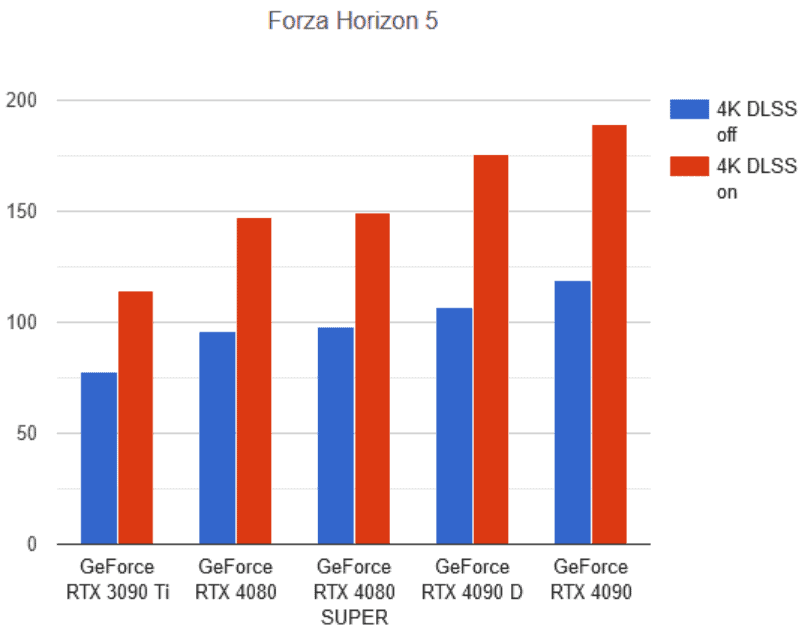
After overclocking, the performance of the ASUS ROG Strix GeForce RTX 4090D essentially matched that of the original GeForce RTX 4090 public edition in various game tests (please refer to the images in this article), although the actual power consumption reached 558.4W, which is quite exaggerated.
Overall, this is very good news, but not all GeForce RTX 4090D graphics cards support overclocking. Overclocking requires stricter requirements on the materials and workmanship of the graphics card, as well as its power supply and cooling. Moreover, there is a certain technical threshold and risk involved, so it is not recommended for ordinary users to try it lightly.


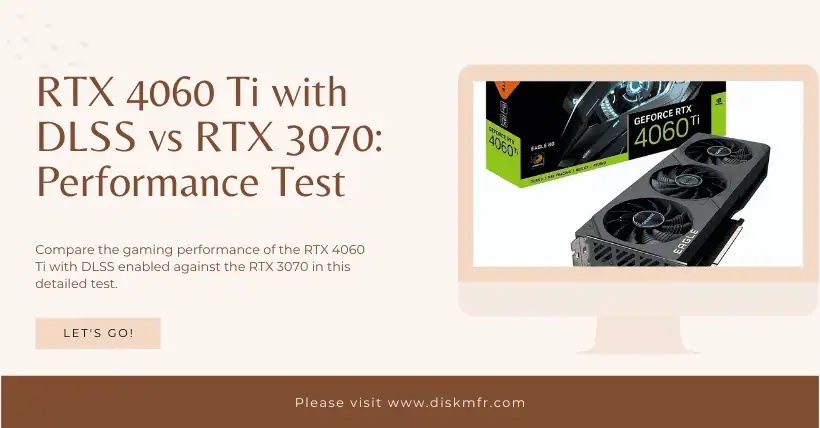
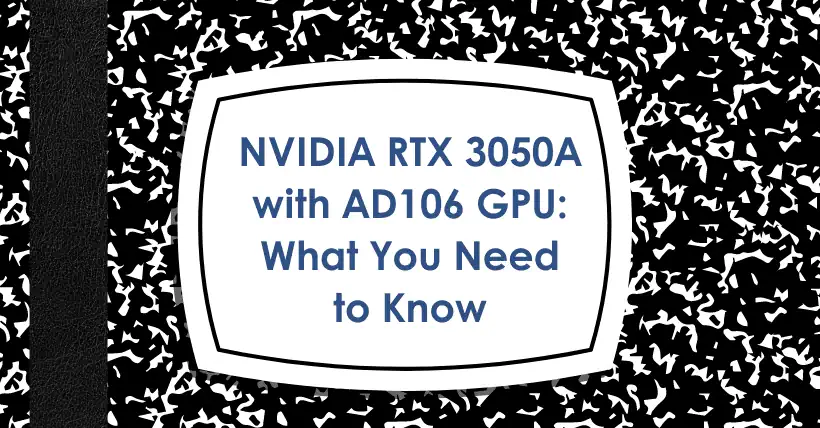
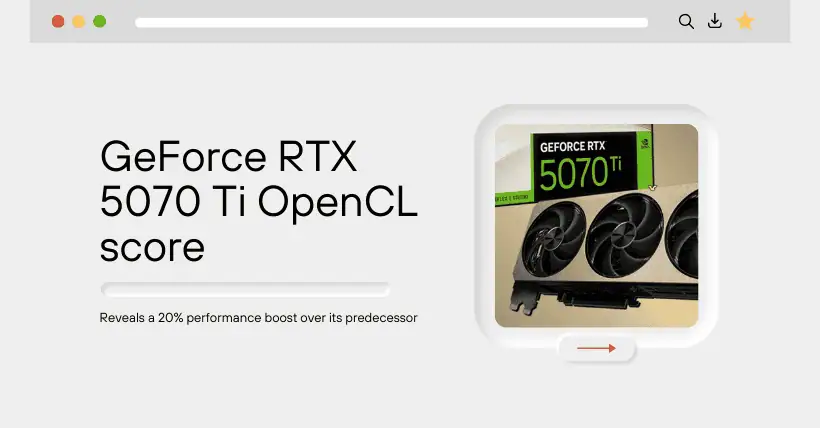


Disclaimer:
- This channel does not make any representations or warranties regarding the availability, accuracy, timeliness, effectiveness, or completeness of any information posted. It hereby disclaims any liability or consequences arising from the use of the information.
- This channel is non-commercial and non-profit. The re-posted content does not signify endorsement of its views or responsibility for its authenticity. It does not intend to constitute any other guidance. This channel is not liable for any inaccuracies or errors in the re-posted or published information, directly or indirectly.
- Some data, materials, text, images, etc., used in this channel are sourced from the internet, and all reposts are duly credited to their sources. If you discover any work that infringes on your intellectual property rights or personal legal interests, please contact us, and we will promptly modify or remove it.

